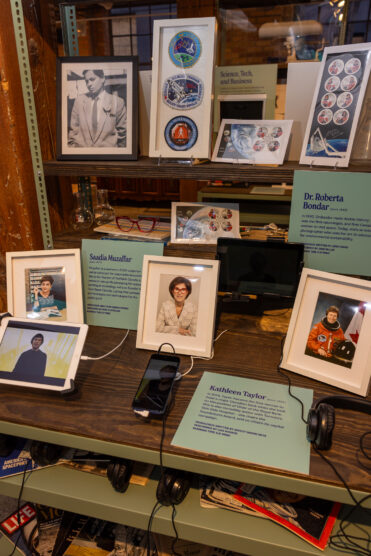History Comes to Life at the Toronto Archives in The 52 Live
Spotlighting 52 per cent of the city's population: women.
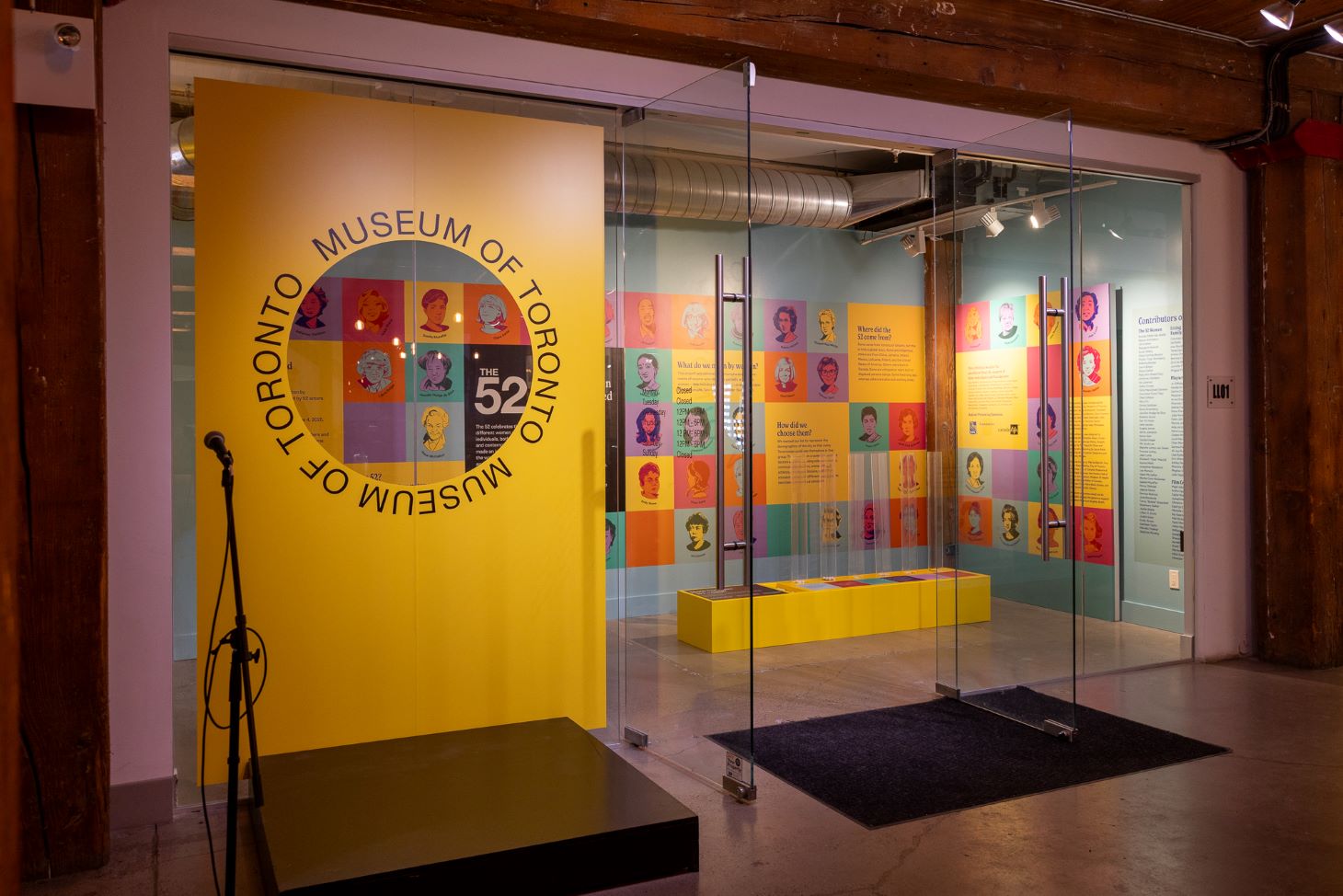
Luminato, Toronto’s annual festival of “extraordinary art experiences,” has returned this month to unassuming venues dotting the city. I found myself for the first time at the City of Toronto archives for one such experience: The 52 Live, created by director Evalyn Parry and designer Shawn Kerwin. Accompanying an ongoing multimedia exhibition at the Museum of Toronto, which showcases the stories of 52 women who have shaped the city, the live portion presents a selection of monologues. Written and performed by acclaimed local women playwrights and actors, the subjects of the monologues are women both unsung and celebrated, past and present.
The show begins in the facility’s lofty foyer, lined with relics of old Toronto. Photos of demolished buildings hang on the walls, and cases display archeological artifacts salvaged from the construction site of Toronto’s old SkyDome. Pop art portraits of the 52 women are affixed to a balcony above. I identify Min Sook Lee, Jackie Shane, and a handful of others, but for the most part, I don’t recognize these faces or names.
The predominantly female audience is divided into groups, but we start the hour together in scattered seats across the hall. The show begins with a choral performance of an original song written by Toronto poet laureate Lillian Allen and composed by Juliet Palmer. Haunting and ceremonial, it leads us into the first monologue of the evening.
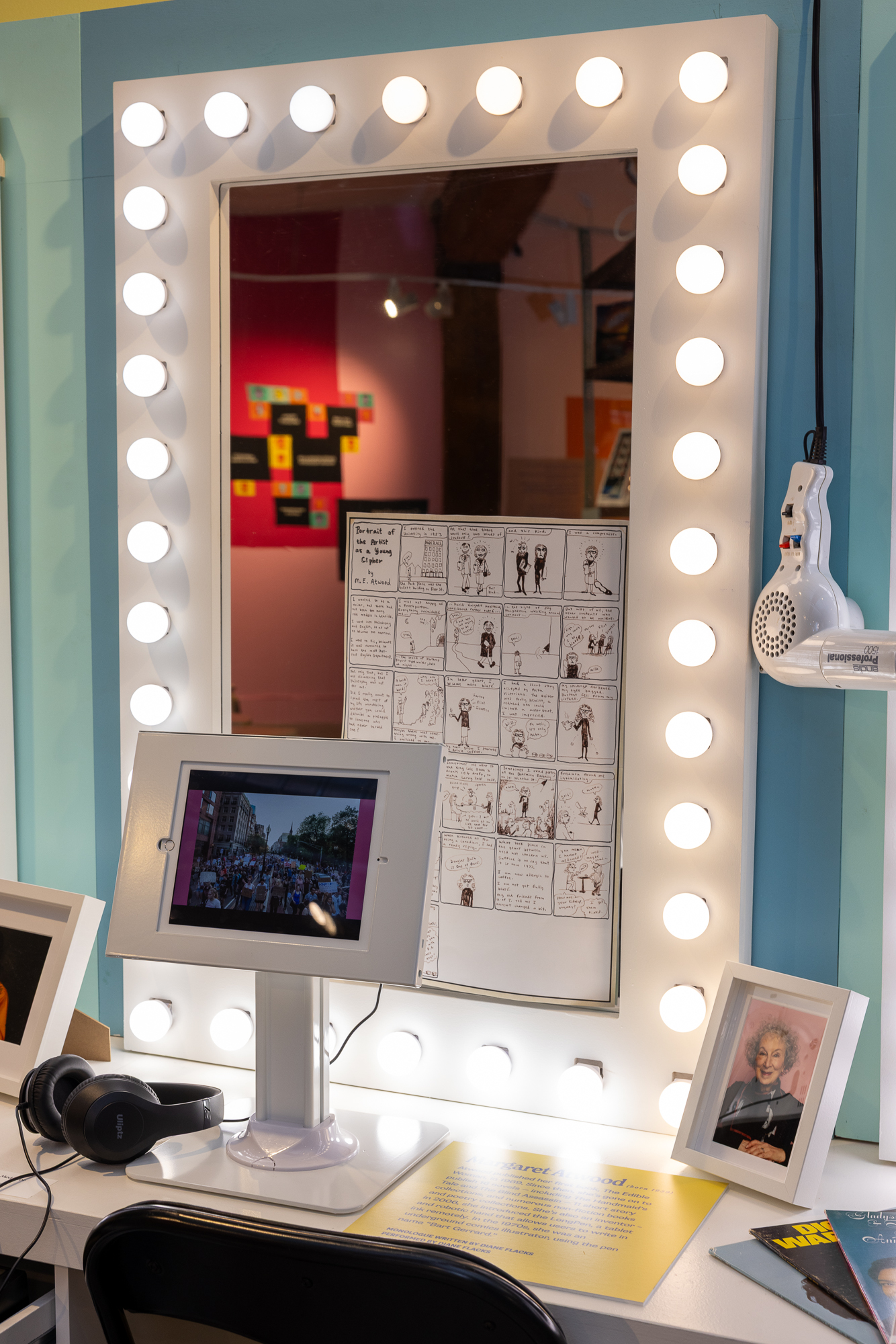
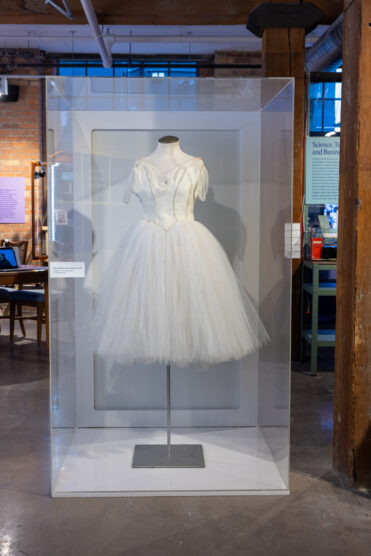
We meet Jill Andrew, the first Black and openly queer MPP in Ontario, played by Meghan Swaby and written by Sedina Fiati. For each show in the four-night run, the audience will meet new women—no two performances are alike. The monologues range from casual to formal, intimate to professional. All are informative, though a few, for want of providing the audience with the necessary context within a short span of time, sound like a speech a guest speaker might give at a school assembly. Some monologues may be better suited to the museum setting, where videos of each monologue are viewable as a part of the exhibition until December 2025. Still, every word is recited with immense care and respect for the lives, accents, and, mannerisms of each subject.
My group of 10 is whisked upstairs to a lamp-lit office, where we sit in swivelling office chairs around a table for the second monologue, then to a “map room” overlooking an impressive archival storage space for the third. We are granted passage into that storage space for two more monologues, performed among towering shelves containing approximately 200,000 boxes, according to our guide. A cherry picker drives by for the astonished group’s benefit, and we meet actors as two Asian Canadian women, restaurateur Jean Lumb and nanny/activist Columbia “Coco” Diaz, who tell stories of their experiences breaking new ground in old Toronto. These narrow aisles stacked with records are a particularly apt site, placing emphasis on the weight of the stories of women who have been often excluded from the national narrative until this project.
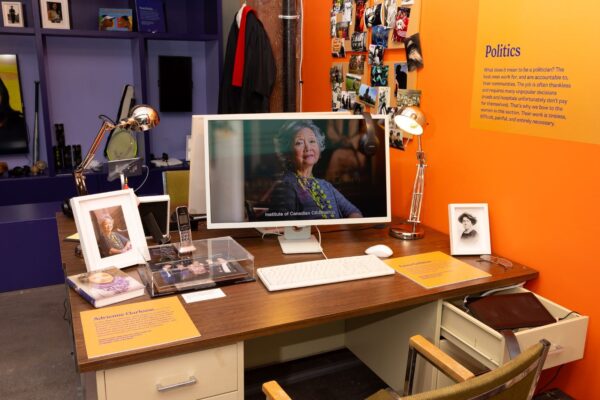
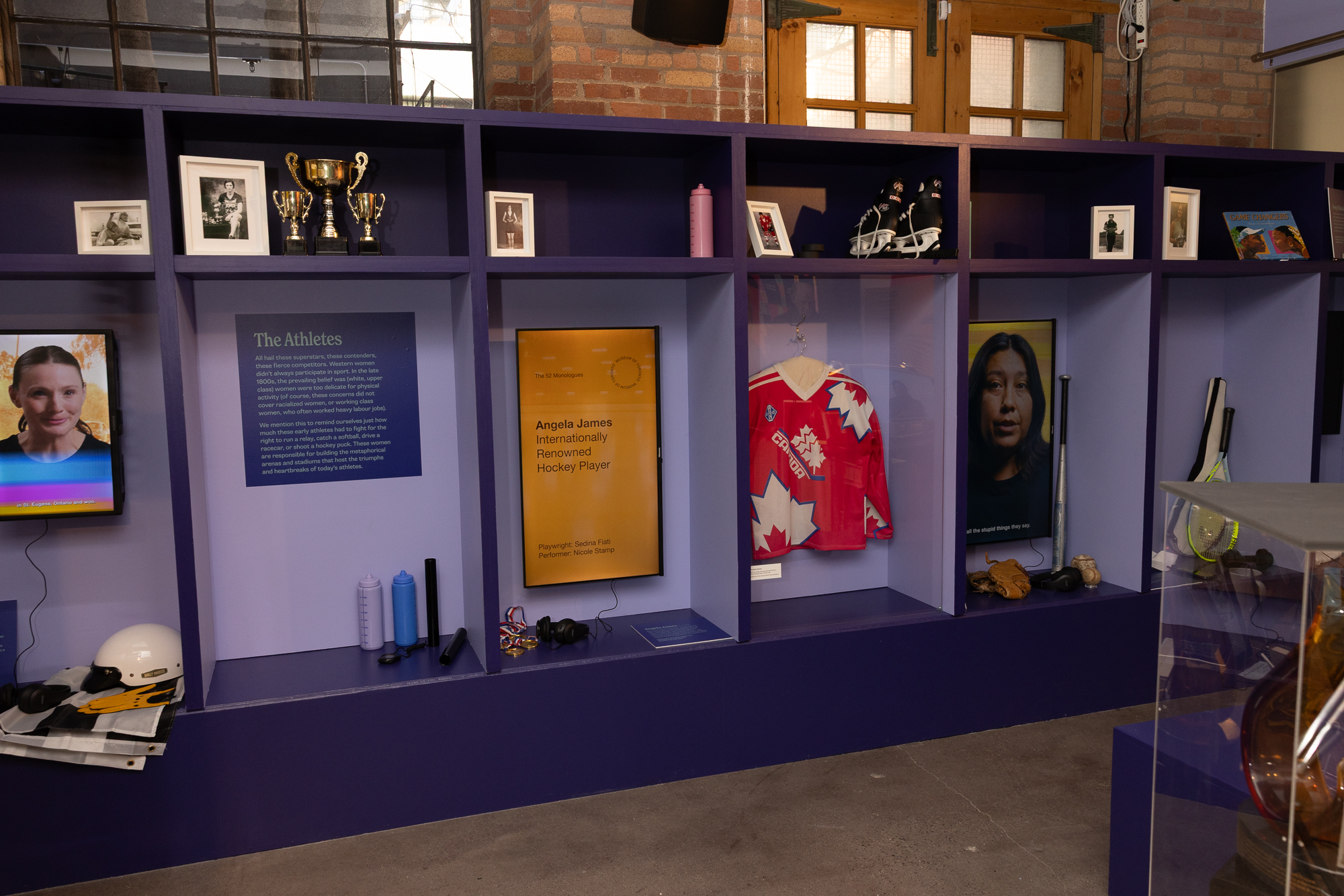
My group is led back to the main foyer, where we meet dancer Karen Kain (played by Lisa Ryder and written by Anna Chatterton), with whom the audience takes a ballet class, and finally, Margaret Atwood as written and performed by Diane Flacks. A devotee of the author, I sit rapt, amazed by Flacks’s dead-ringer portrayal of the woman The New Yorker has called “The Prophet of Dystopia.” Because Atwood is such a prominent figure in contemporary culture, Flacks does not need to info-dump the audience with the author’s biography. Instead, she is able to play with her political sensibilities, making witty observations in the icon’s low, ironic monotone, conducting the audience’s laughter as if we are instruments in her personal orchestra.
A reprise of the chorus’s song rounds out the hour, after which the women descend from the stage to mingle with the audience, reunite with their loved ones, and make their way out to the darkened parking lot, the TTC, and their homes across the city.
